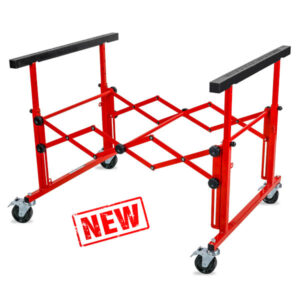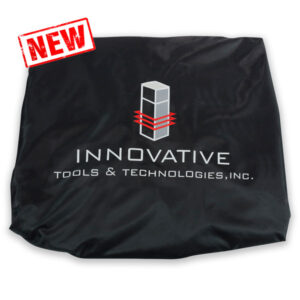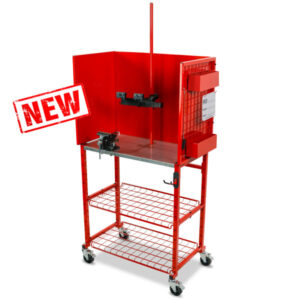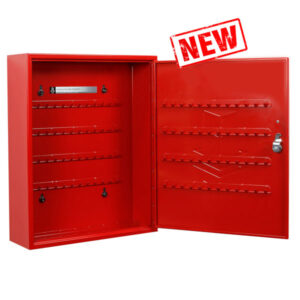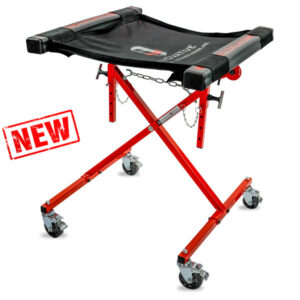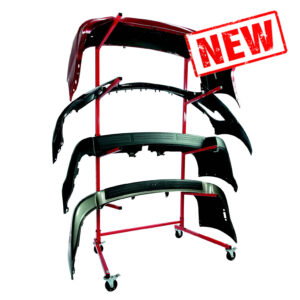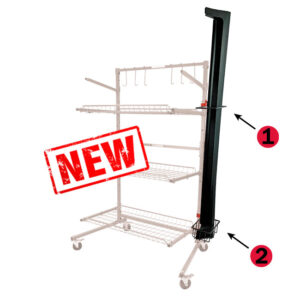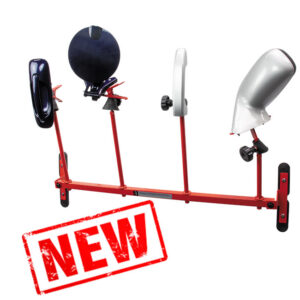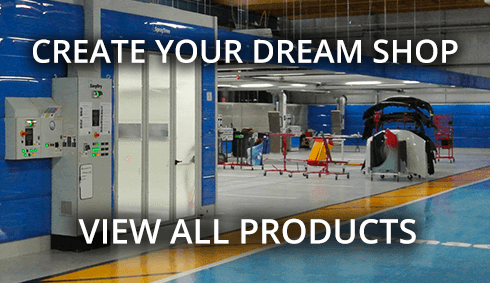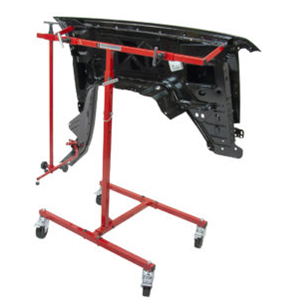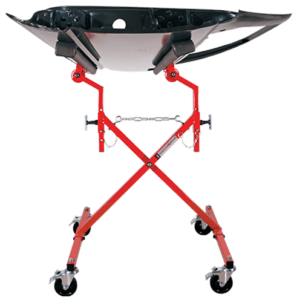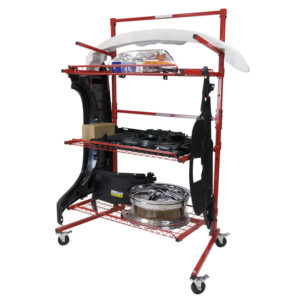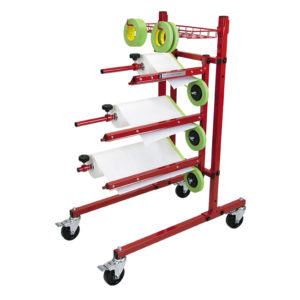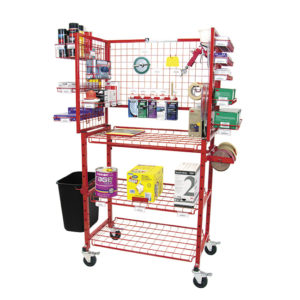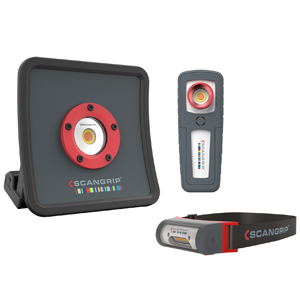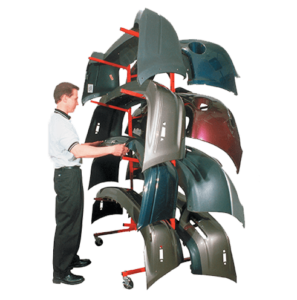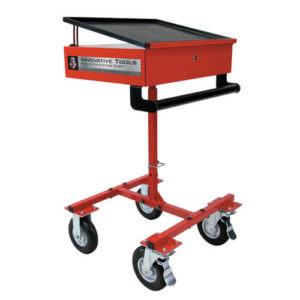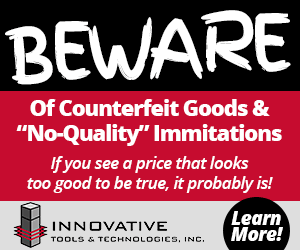Survival Strategies for the Independent Shop
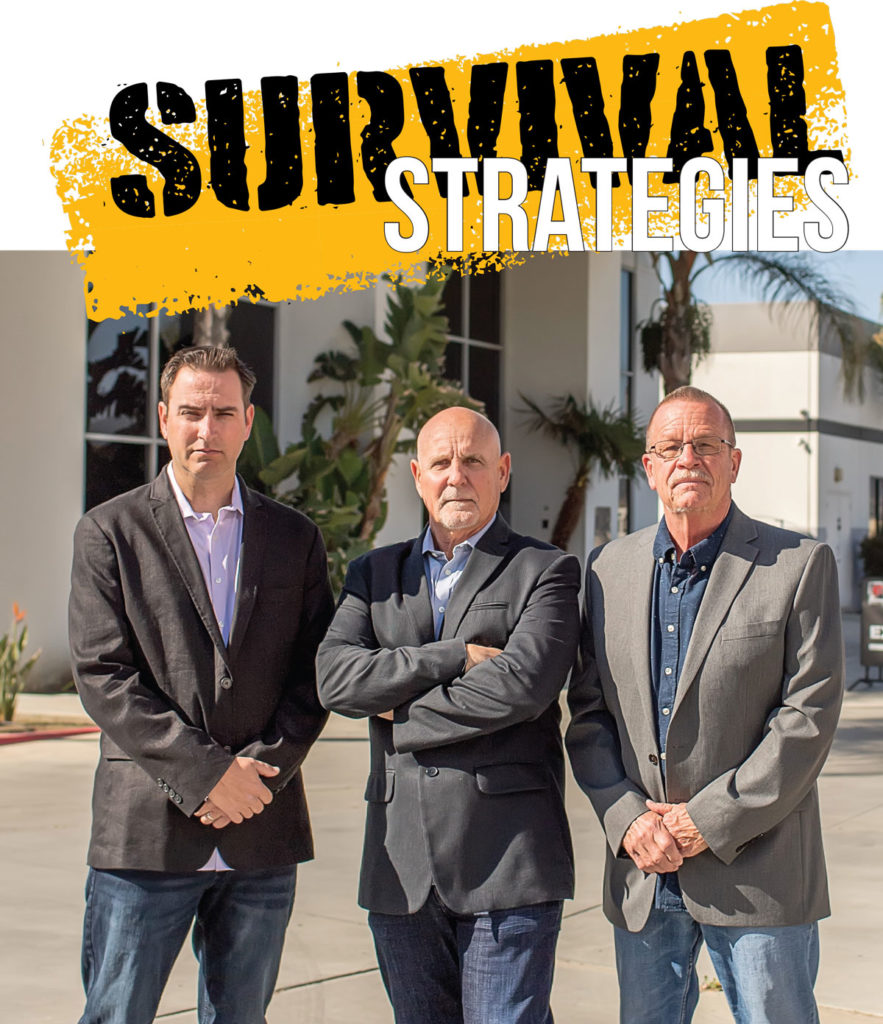
(L to R) Faith Quality Auto Body General Manager Jason Webb, President Lee Amaradio and Director of OEM Compliance Steve Saunders
By LEE AMARADIO JR. and published by Body Shop Business
Some of us are looking at this ever-changing industry of collision repair and finding ourselves at a loss on how to move forward.
Many shop owners are choosing to sell to the growing consolidator market. More than ever before, we’re seeing shops being bought up across the country. So what if we’re not interested in selling, or what if we don’t own the type of shop that a consolidator would be interested in?
How do we push forward?
This is not an easy path if you consider what we’re competing against, but there is a formula for success that has always worked for me. You will either need to be the cheapest shop in town or the best. Anything in the middle is a slow death.
When I was a kid, there was a hardware store on every corner. Now, they’re all gone (except for Ace).
There were mom-and-pop pharmacies on every corner; now, there are none. If this doesn’t concern you, it should. Consolidators are doing the very same thing to the collision industry.
Do It Better
So what are we to do? Each shop owner needs to answer this question sooner rather than later. First, let me say that there is no one answer, but there are a few things I believe will work.
First, find something that you can do better than a big-box competitor. It’s hard to beat them at customer service because they’re really good at it, but we need to at least match them. Quality is the answer! We can beat their quality every time. Why? Because we’re owners, not managers, and we care more. This is what we have that they cannot compete with. It’s not easy to maintain the type of quality that will attract return customers to your door. All the marketing in the world will never replace quality, so advertise your standards and strive to do the best and safest repair possible.
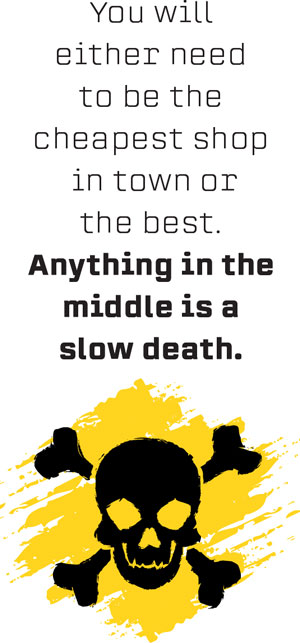
OEM Certification
Repair the vehicles correctly, use OEM repair standards, and get the training and equipment necessary to repair vehicles that the consolidators don’t know how to fix. Become the brain surgeon, not the family practitioner. This is the only way that independent body shops can secure their survival.
Research OEM certifications and what it will cost to get your shop certified. OEM certification is a way to separate yourself from the competition, but it is costly and takes a long time to achieve, so plan ahead and start small. Pick a dealer and develop a relationship with them because every OEM certification requires a dealer sponsorship. The investment will be substantial, so prepare yourself for the long haul because the return on your investment will be up to you. You’ll need to get the word out yourself; don’t think that the OEMs will market your shop – they won’t.
Shop Appearance
Make your shop look like a dealership. Appearance is everything, so before you invite a dealer to sponsor you, make your facility look the best it ever has. This is a large investment, but you’ll be surprised what a dumpster and a bucket of paint can accomplish with little cost.
Start getting up-to-date on your I-CAR training and gain access to the OEM procedures via one of the multiple ways to do this. Get in the habit of repairing vehicles the correct way. Treat each customer like the dealer treats them, and if you aren’t tracking your CSI, start right away. All of this will be part of your customer retention program.
Great video by Rapid Recon, the reconditioning software company that’s always defining better reconditioning solutions for dealerships like yours, offers some time-saver snippets they call ReconHACKS, which help improve efficiency throughout your recon shop.
I’m OE-Certified, Now What?
OEM certification is just the beginning of the long road ahead, and by no means will it make you more money. The money will come much later. You’ll need to market your training and certifications on your own because there is still a disconnect between the certified shops and the dealers. Many will send their cars to the non-certified shops because few manufacturers require that dealers use only their certified partners. I think this needs to change, but for now it’s all up to the shop owner to market their own certifications. I’m not sure if this will ever change, but if it does, you’ll be way ahead of the curve.
OEM certifications will eventually be our saving grace because, I believe in the end, quality will prevail. At some point, the vehicles themselves will (as we’re seeing now) require a specific OEM procedure and/or piece of equipment to be able to be repaired. It’s my opinion that OEMs should get with their financing departments and require the purchaser of any vehicle financed to obtain an insurance policy that requires only OEM parts. There shouldn’t be much of a battle here with the insurers because they charge more money for these policies. I believe this would also help with diminished value when the vehicle is traded in or sold. I believe this is a win-win for the consumer who so often does not read the fine print in their policyholder agreement.
Customer Education
Most consumers really don’t understand anything about collision repair. When we assume they do, we’re mistaken because the industry has become so “techy” and things are changing so fast we can barely keep up.
ADAS is fairly new, and few shops can invest nor have invested in the equipment to recalibrate vehicle electronics. We need to explain and sell each customer on the value of an OEM-certified repair. We need to explain the value in an insurance policy (even though it will cost more) that pays for all premium parts; the insurers that don’t offer these policies will need to develop them or lose business. Again, a win-win for insurers and consumers. Insurers will figure out what to charge and, with our help, the consumer will see the value in purchasing a more expensive but much better policy. And the vehicles will be repaired according to the automaker. It is my feeling that the first insurers employ this strategy will benefit greatly. And this is coming because, as I stated earlier, the vehicles themselves will require it.
Summary
This is a slow-moving train, and you can choose to ride it until it’s time to get off. But our industry is in a crisis, and the independent that wants to stay around needs to get started right away or be trampled by the consolidators.
WRITER LEE AMARADIO JR. IS THE PRESIDENT AND FOUNDER OF FAITH QUALITY AUTO BODY INC. IN MURRIETA, CALIF. HIS 32,000-SQUARE-FOOT STATE-OF-THE-ART FACILITY EMPLOYS 35 FULL-TIME EMPLOYEES AND IS ON TRACK TO GROSS $7 TO $7.5 38 MILLION IN 2021. IN BUSINESS SINCE 1979, LEE ATTRIBUTES HIS SUCCESS TO HAVING A GREAT TEAM OF QUALITY PEOPLE SUPPORTING HIM.
About Innovative Tools
Innovative Tools and Technologies is dedicated to helping customers be more efficient, productive, and profitable.
Innovative's passions don't end there. With the creation of the Innovative Movement, we are saving shop classes and helping invest in the next generation of auto body technicians!

